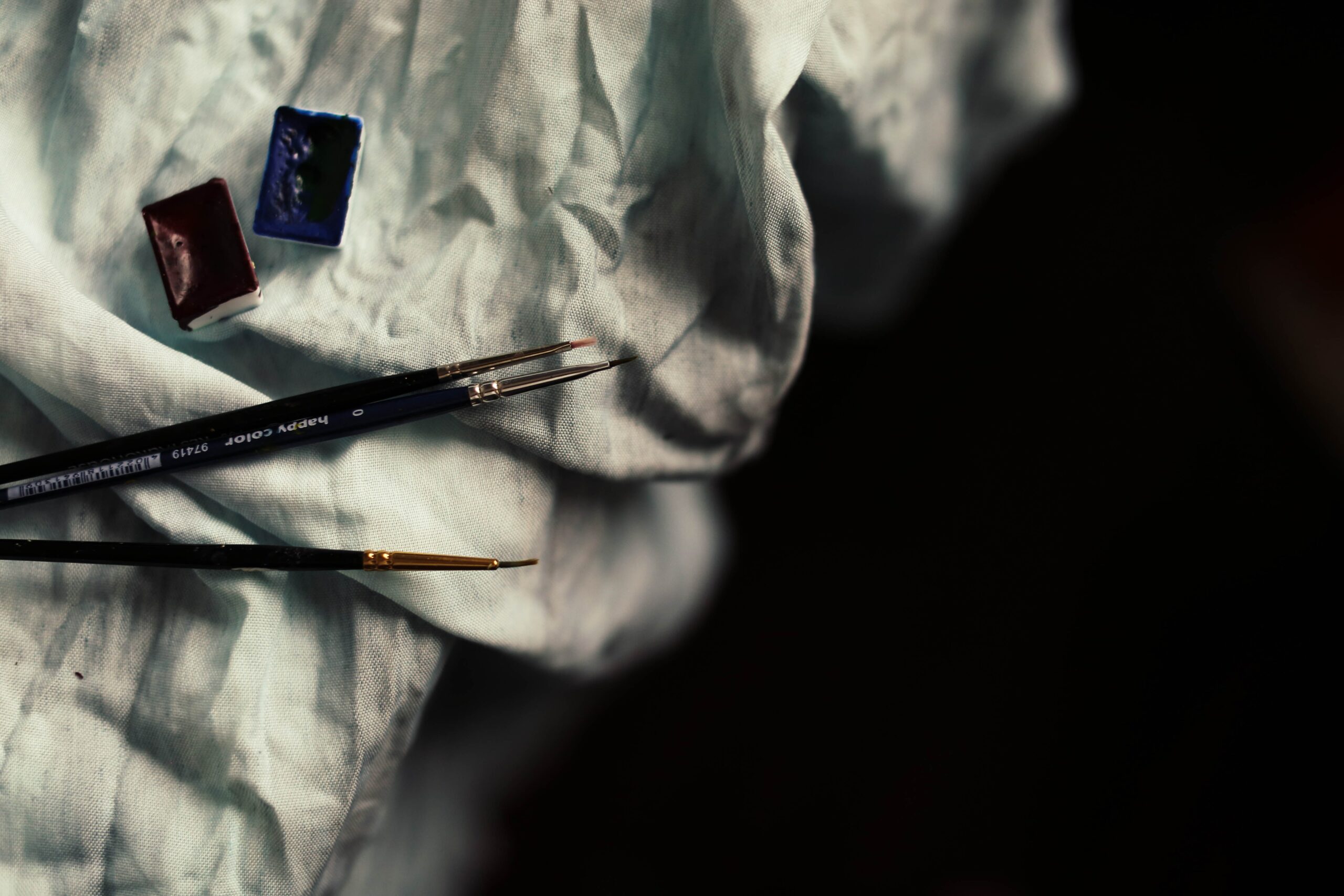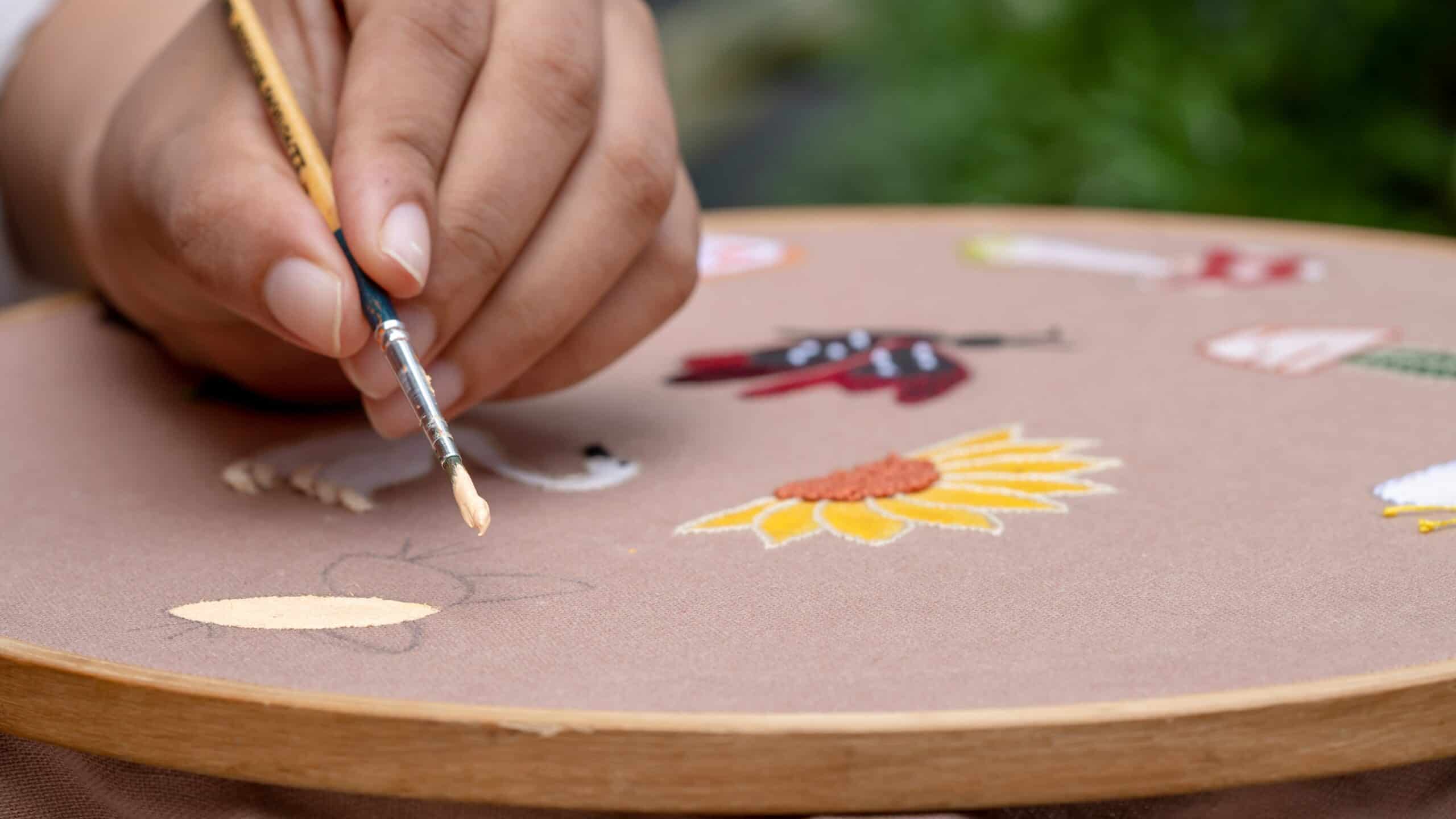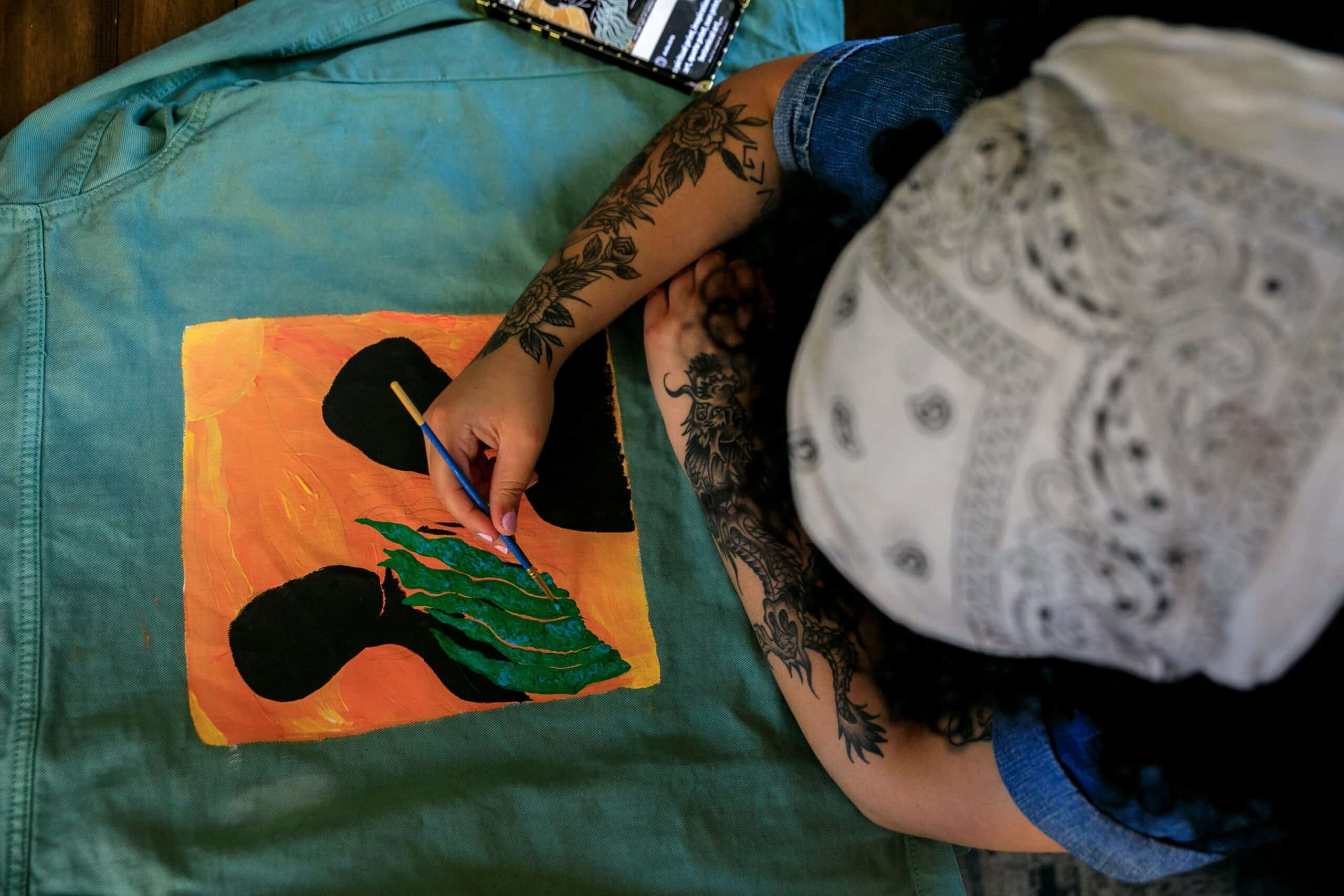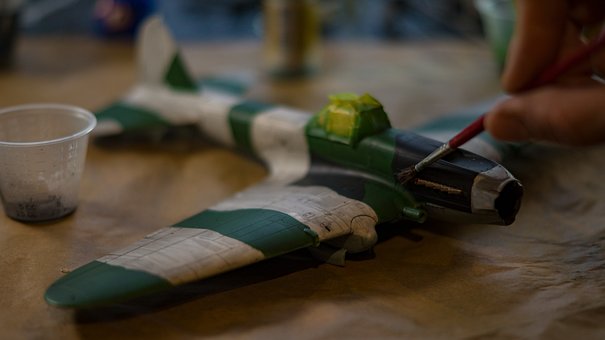Painting Fabric with Acrylics: A Creative Outlet for All Ages
Painting fabric with acrylic paint can be a great way to create unique, custom clothing and accessories! With the right materials, techniques, and colors you can take your wardrobe or home décor to the next level. Whether you’re an experienced painter looking for new tips and tricks or just getting started in fabric painting, this article will give you all the information needed to make beautiful designs.
Painting on fabric may seem intimidating at first, but don’t worry - I’m here to help guide you through it. Acrylic paints are perfect for creating vibrant designs that last longer than other types of fabric dye because they become part of the material itself rather than resting on top as dyes do. This means that no matter how much wear and tear your finished piece gets, the design won't fade away. Plus, since acrylics are water-based they come out easily when washed so you don't have to worry about ruining your clothes in the laundry!
The best part is that fabric paint doesn’t need any special equipment - just some basic supplies from your local craft store like brushes, trays, stencils, and of course acrylic paint! In this article, we'll cover everything from prepping the fabric to finishing touches so that by the time you're done reading you'll be fully prepared to start adding color and texture to your favorite fabrics. So let's get started!
Materials Needed
Have you ever wanted to add a touch of personality to your favorite clothes or accessories? Painting fabric with acrylic paint is an easy and fun way to customize any item. As an experienced fabric painter, I'm here to show you the materials needed for this project!
First, make sure you have all the supplies. You'll need some soft fabric that's suitable for painting on, like cotton or canvas. A set of water-based acrylic paints in various colors will give you plenty of options when it comes to creating beautiful designs and patterns. Additionally, grab some foam brushes, sponges, stencils, and other tools that can help get creative with your design ideas. Finally, pick up some textile medium so you can mix it with your acrylic paint to ensure that it adheres properly and won't come off after washing.
Now that we've got everything we need let's move on to prepping the fabric.

Prepping The Fabric
Preparing the fabric to be painted is an important step in creating a successful acrylic painting. You must use the right type of fabric, and prepare it correctly before applying any paint. Here are five ways to ensure your fabric is ready for painting:
- Pre-wash the fabric twice with cold water - this will help remove dirt and excess sizing so that the paint can adhere better.
- Iron out wrinkles and creases - this gives the surface a clean finish which helps create smooth brush strokes when you start painting.
- Stabilize the fabric using an iron-on adhesive - this adds extra stability to the fabric so it won't stretch or warp during painting.
- Use gesso on natural fabrics such as cotton or linen - gesso acts as a primer, preventing colors from bleeding into each other and allowing for even coverage of paint.
- Add masking tape around edges if necessary - this prevents stray brushstrokes from spoiling your work!
By following these steps, your fabric should be properly prepared for painting with acrylics! Now onto mixing colors and applying paint.
Mixing Colors And Applying Paint
Mixing colors is an art form in itself. When painting fabric, I like to mix my custom shades that match the pattern and design of the fabric. To do this, you'll need a few basic supplies: paintbrushes, acrylic paints, water, paper towels, and a container for mixing your colors. For best results, use a high-quality brush with soft bristles so it doesn't damage the fabric when applying paint.
When creating your color palette, start by selecting two or three base colors - such as white and black - then add other shades until you have all the tones you want. Experiment with different combinations to find the perfect hue for your project. Then mix each color separately in its container using varying amounts of paint and water until you achieve the desired consistency.
Once you've created your unique shade palette, it's time to apply them to the fabric! Start from one corner and keep even pressure on your brush as you sweep across the material. Pay close attention to ensure consistent coverage throughout; if any areas don't look quite right simply go back over them again until they blend perfectly into place. With practice and patience, anyone can create stunning designs on their favorite fabrics! Now let's move on to finishing techniques.

Finishing Techniques
Once you've finished painting your fabric with acrylic paint, there are a few techniques to make sure the design comes out looking its best. By using these finishing touches, you'll ensure that your masterpiece stands out!
technique | tips |
|---|---|
Sealant | Use sealants to protect and waterproof your artwork |
Glazing | Lightly glaze over the top of the piece for an extra glossy finish |
Finishing Varnishes | Finish off by applying varnish to give it an even glossier look |
I'm often asked about adding texture to fabric paintings. To do this, I suggest mixing in some glitter or mica powder into the paint before application, giving it sparkle and shine as well as dimension. You can also layer fabrics together to create a unique 3D effect. When layering different materials, be sure to use a strong adhesive that won't peel off when washed - glue is not recommended!
When you're done creating your masterpieces, take care when cleaning up any messes left behind on surfaces or tools used during application.
Always wash all brushes immediately after use with warm soapy water and store them away carefully until next time. Taking care of your fabric pieces will keep them looking vibrant and beautiful for years to come.
Now let's move on to how we can properly clean up and care for our projects.
Clean Up And Care
Once you've completed your fabric painting project, it's time to clean up and care for the finished product. First things first - remember to wash your paintbrushes! Acrylic paints are water-soluble when wet, but once they dry on a brush, they become difficult if not impossible to remove. So it’s important to take the time to clean them immediately after use. It's also good practice to give newly painted fabrics an extra rinse with water before machine washing or drying to make sure any excess paint is entirely removed.
When caring for acrylic-painted fabrics, always check the labels on both the garment and the paint itself for specific instructions related to temperature settings or other guidelines that should be followed during the cleaning and laundering processes. In addition, delicate items like baby clothes may require special handling and attention so as not to ruin the look of your design. Keep these tips in mind when caring for your creations and you can enjoy their beauty without worry. With this knowledge in hand, let's move on to troubleshooting common issues with fabric painting projects.

Troubleshooting Tips
Painting fabric with acrylics can be a daunting task. But don’t let it deter you, as the process of creating stunning patterns and designs on textiles is worth all the effort! Some troubleshooting tips will help make your fabric painting journey easier and more successful.
First off, always test out the paint you’re using by doing a swatch before committing to larger projects. This way, you can judge for yourself how well the paint adheres to the fabric and if any extra steps need to be taken like pre-treating the material or adding a medium. Once you have tested the paint’s results, take note of what works best so that future projects won't require guesswork.
It's also important to read up about different types of fabrics and their properties to ensure success with your project. For example, some materials such as cotton or muslin require heat setting while other fabrics may not even accept acrylic paints at all! Knowing these facts beforehand allows you to prepare accordingly and avoid wasted time due to trial-and-error learning curves.
With enough preparation, practice, and patience, anyone can become an experienced fabric painter - just remember that each project requires special attention and care. Paying close attention to detail will save headaches down the road when trying to achieve beautiful artwork with lasting vibrancy!
Conclusion
Fabric painting is a fun and creative way to add unique designs and patterns to any fabric. With the right supplies, prep work, and finishing techniques, you can create beautiful pieces of art that will last for years to come.
For example, take the case of my friend who wanted to make her curtains. She chose an abstract design using bright colors and finished it with a glaze for extra shine. The end result was stunning! After hanging them in her living room windows, she received many compliments from friends and family about how impressive they looked.
Overall, painting fabric with acrylic paint is easy if you have the proper knowledge and materials. It’s a great way to personalize clothing items or give your home décor an eye-catching twist. So get out there, grab some paints, and start creating something special today!






